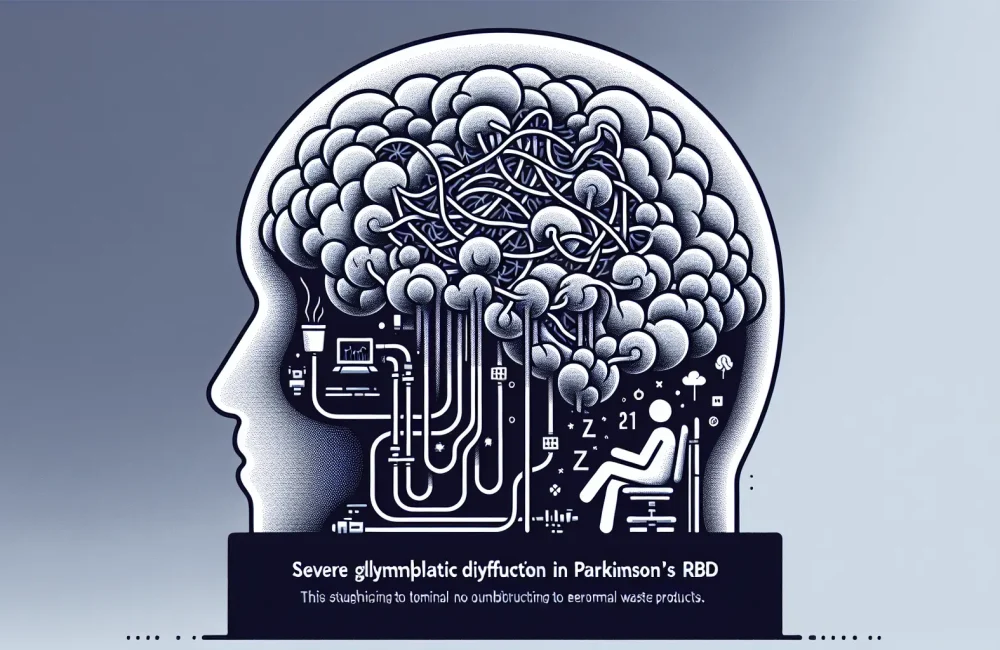By CAFMI AI From npj Parkinson’s Disease (Open Access)
Occupational Risks of Parkinson’s Disease in Farming
This study examines the relationship between various farming tasks and the incidence of Parkinson’s disease (PD), revealing significant occupational risk factors. Using robust data mining techniques on large health and employment datasets, researchers identified that certain farming activities, especially those related to pesticide exposure, are linked to a higher risk of developing PD. This finding is critical given the longstanding suspicion that pesticides and other agricultural chemicals contribute to neurodegenerative diseases, although comprehensive epidemiological evidence has been scarce. The study analyzes diverse farming sectors, demonstrating that the risk of PD is not uniform but varies depending on specific agricultural roles and exposures. Importantly, the analysis includes demographic and temporal considerations, showing patterns in how and when PD presents among farmers. These observations help clarify how occupational exposures accumulate and manifest as neurodegeneration over time. For clinicians, understanding these occupational risks facilitates early recognition of PD in patients who are agricultural workers, guiding them toward more focused history-taking and preventive counseling about environmental hazards. Given the potential for modifiable risk factors, healthcare providers can recommend protective strategies such as minimizing pesticide exposure and using personal protective equipment during high-risk tasks. This occupational insight is key to formulating patient care plans that integrate environmental health risks into neurological assessments in clinical practice, particularly for farming communities in the U.S.
Data Mining Uncovers Farming-Related Parkinson’s Risk Patterns
By applying advanced data mining methods to extensive national health and occupational datasets, this research identifies specific farming roles with elevated Parkinson’s disease risk. The data reveal that not all agricultural tasks carry the same risk; for instance, those involving direct chemical handling or prolonged exposure to pesticides show higher PD incidence. This granular approach enables a better understanding of risk distribution across farming occupations and validates prior hypotheses about environmental contributors to PD. Moreover, the study highlights potential demographic disparities and temporal trends, suggesting how factors like age and duration of exposure influence disease onset. These insights underscore the utility of big data analytics in occupational health and offer a foundation for targeted preventive interventions in at-risk farming populations.
Implications for Clinical Practice and Preventive Strategies in Agriculture
The findings emphasize the need for healthcare professionals to incorporate occupational history focusing on agricultural exposures when evaluating patients for Parkinson’s disease. Recognizing farming as a significant risk factor facilitates earlier diagnosis and tailored management plans. Additionally, the study advocates for enhanced education and implementation of protective measures within farming communities to reduce pesticide exposure. Interventions may include promoting personal protective equipment, improved pesticide handling protocols, and regular health monitoring for early PD symptoms. By integrating occupational and environmental risk factors into clinical assessments, neurologists and primary care providers can help mitigate disease progression and improve quality of life for agricultural workers.
Read The Original Publication Here






